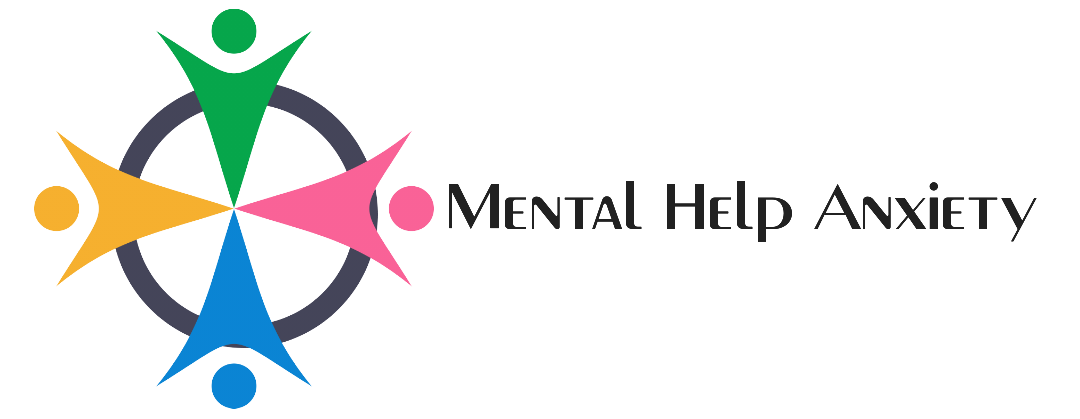Fear of heights, also known as acrophobia, is a prevalent and often debilitating anxiety disorder. This intense fear can significantly impact a person’s daily life, limiting their ability to engage in various activities or even travel to certain places. Understanding the symptoms of acrophobia is crucial for recognizing the condition and seeking appropriate treatment.
The Nature of Acrophobia
Acrophobia is more than just a casual discomfort with heights; it is an intense, irrational fear that can provoke severe anxiety or panic attacks when an individual is exposed to heights. This fear can arise in various situations, such as standing on a high balcony, looking out from a tall building, or climbing a ladder. The fear response is often disproportionate to the danger posed by the height, highlighting its irrational nature.
Physical Symptoms
The physical symptoms of acrophobia can be quite pronounced and may occur even when the individual is merely thinking about heights. These symptoms can include:
Dizziness and Lightheadedness
One of the most common physical symptoms is dizziness or a feeling of vertigo, which can be overwhelming and disorienting. This sensation often leads to a loss of balance, increasing the individual’s fear of falling.
Sweating
Excessive sweating, particularly in the palms and feet, is a typical response. This is part of the body’s fight-or-flight response, triggered by the perceived threat.
Heart Palpitations
A rapid or irregular heartbeat is another frequent symptom. This can be accompanied by chest pain or discomfort, which may exacerbate the individual’s anxiety and fear.
Breathing difficulties, including hyperventilation, are common. The individual may feel as though they are suffocating or unable to catch their breath, which can lead to further panic.
Trembling or Shaking
Involuntary trembling or shaking, particularly in the legs, can make standing or moving even more difficult. This symptom can be particularly distressing and contribute to a sense of helplessness.
Nausea
Nausea or a feeling of sickness is also common. In severe cases, this can lead to vomiting, especially if the individual is experiencing vertigo as well.
Psychological Symptoms
In addition to the physical manifestations, acrophobia also has significant psychological symptoms. These symptoms can affect an individual’s mental well-being and overall quality of life.
Intense Anxiety
The primary psychological symptom is intense anxiety, which can occur at the mere thought of heights. This anxiety can escalate into a full-blown panic attack if the individual is exposed to a high place.
Avoidance Behavior
To prevent experiencing this anxiety, individuals with acrophobia often engage in avoidance behavior. This means they will go to great lengths to avoid situations where they might encounter heights, which can severely limit their activities and opportunities.
Persistent Worry
Constant worry about encountering heights can dominate the individual’s thoughts. This worry can be intrusive and persistent, leading to a significant amount of stress and preoccupation with avoiding heights.Panic Attack vs. Anxiety Attack
Feelings of Helplessness
Individuals with acrophobia often feel a profound sense of helplessness and a lack of control over their fear. This can be demoralizing and contribute to feelings of depression and low self-esteem.
Hypervigilance
Hypervigilance, or an increased state of alertness, is another common symptom. Individuals may constantly scan their environment for potential height-related threats, which can be exhausting and increase their anxiety.
Impact on Daily Life
The symptoms of acrophobia can have a profound impact on an individual’s daily life. For instance, they may avoid certain activities such as hiking, skiing, or visiting tall buildings. This can limit their social interactions and opportunities for leisure and work. In severe cases, acrophobia can even affect a person’s ability to perform routine tasks, such as traveling by airplane or using escalators.
Seeking Help
Recognizing the symptoms of acrophobia is the first step toward seeking help. Several effective treatments are available for acrophobia, including cognitive-behavioral therapy (CBT), exposure therapy, and medication. CBT helps individuals identify and challenge their irrational fears, while exposure therapy gradually desensitizes them to heights. Medications such as anti-anxiety drugs or antidepressants can also help manage symptoms.
Conclusion
Fear of heights, or acrophobia, is a common anxiety disorder characterized by intense physical and psychological symptoms. These symptoms can significantly impair an individual’s daily life, leading to avoidance behavior and persistent worry. Understanding these symptoms is crucial for recognizing acrophobia and seeking appropriate treatment. With proper intervention, individuals with acrophobia can learn to manage their fear and lead fulfilling lives.



